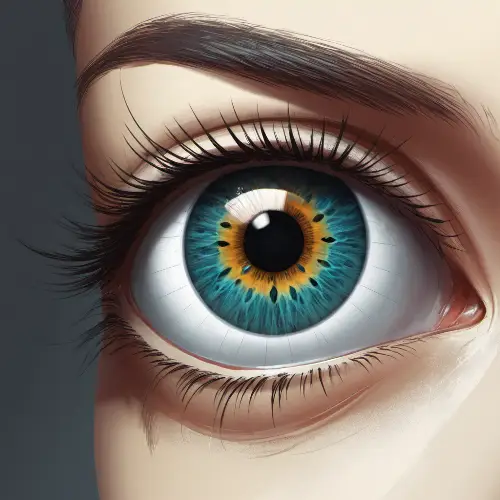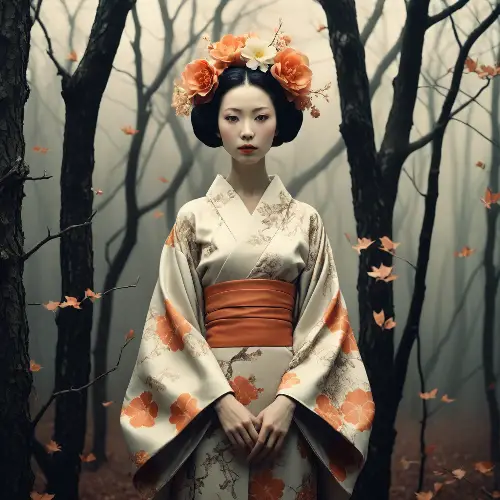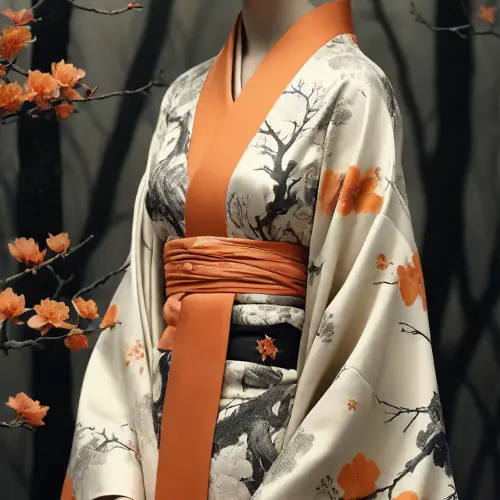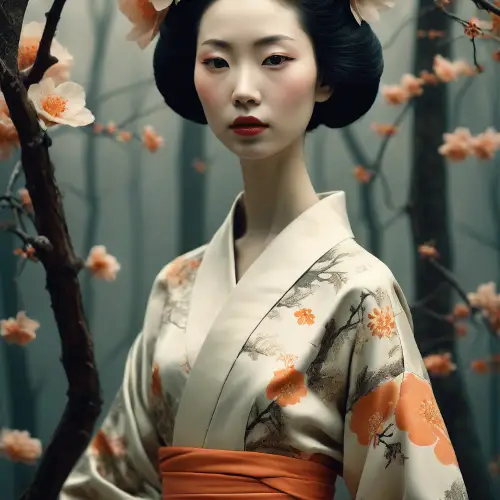Surrealism, The acupuncturist inserted needles into the patients acupuncture points, magical,spooky art,(masterpiece,top quality,beautiful details),8K
Surrealism, The acupuncturist inserted needles into the patients acupuncture points, magical,spooky art,(masterpiece,top quality,beautiful details),8K
The image of an expert and an experienced traditional Chinese medicine practitioner
The image of an expert and an experienced traditional Chinese medicine practitioner
The image of an expert and an experienced traditional Chinese medicine practitioner
The image of an expert and an experienced traditional Chinese medicine practitioner
Design a logo: containing elements of Chinese medicine, Feng Shui, and Bagua
A logo for the acupuncture clinic by Dr. Lee, who specializes in infertility. Draw the logo in a modern, concise, and vibrant manner.
A logo for the acupuncture clinic by Dr. Lee, who specializes in infertility. Draw the logo in a modern, concise, and vibrant manner.
In a masterpiece orchestrated by the lens of Dmitry Kosovoy, we find a woman transformed into a living sculpture amidst a surreal forest of lifeless trees. This composition takes inspiration from the artistic style of Ray Caesar, blending the ethereal and the tangible in breathtaking harmony. The central figure, a woman of profound grace and mystique, dons an elaborate kimono that billows around her like the petals of a surreal flower. The kimono itself is a work of art, adorned with intricate patterns in contrasting shades of dark white and light orange. These colors create an otherworldly ambiance that defies conventional reality. As if in a reverie of juxtaposition, the forest surrounding her consists of dead trees, their twisted branches reaching out like skeletal fingers. These eerie remnants of nature form a compelling backdrop, serving as a stark contrast to the woman's vitality. The composition is further enriched by the presence of birds and flowers, mirroring the themes found in the works of Patricia Piccinini. These avian and floral elements lend an aura of life and renewal to the scene, suggesting that even in desolation, there is the potential for rebirth and transformation. The influence of Zen Buddhism is evident in the woman's serene expression and the tranquil energy that emanates from her. It's as though she has discovered a profound connection between her inner self and the world around her. The technical aspects of this photograph are as impressive as its artistic elements. High-resolution photography is a must, ensuring that every nuance, from the intricate details of the kimono to the fine texture of the dead trees, is captured with utmost clarity. To bring out the depth and dimensionality of the portrait, Dmitry Kosovoy employs the Rembrandt lighting technique. This technique bathes the subject's face in a soft, diffused light, accentuating the sculptural qualities of her visage and adding a touch of chiaroscuro drama to the scene. The backdrop is a seamless canvas, allowing the subject to take center stage without any distractions. This simplicity enhances the dreamlike quality of the photograph, emphasizing the woman's role as a living sculpture amidst a surreal and captivating landscape. The result is not just a photograph but a work of art that transcends the boundaries of reality, inviting viewers to contemplate the delicate interplay between life and death, art and nature, and the enduring beauty of the human spirit --ar 23:24 --
In a masterpiece orchestrated by the lens of Dmitry Kosovoy, we find a woman transformed into a living sculpture amidst a surreal forest of lifeless trees. This composition takes inspiration from the artistic style of Ray Caesar, blending the ethereal and the tangible in breathtaking harmony. The central figure, a woman of profound grace and mystique, dons an elaborate kimono that billows around her like the petals of a surreal flower. The kimono itself is a work of art, adorned with intricate patterns in contrasting shades of dark white and light orange. These colors create an otherworldly ambiance that defies conventional reality. As if in a reverie of juxtaposition, the forest surrounding her consists of dead trees, their twisted branches reaching out like skeletal fingers. These eerie remnants of nature form a compelling backdrop, serving as a stark contrast to the woman's vitality. The composition is further enriched by the presence of birds and flowers, mirroring the themes found in the works of Patricia Piccinini. These avian and floral elements lend an aura of life and renewal to the scene, suggesting that even in desolation, there is the potential for rebirth and transformation. The influence of Zen Buddhism is evident in the woman's serene expression and the tranquil energy that emanates from her. It's as though she has discovered a profound connection between her inner self and the world around her. The technical aspects of this photograph are as impressive as its artistic elements. High-resolution photography is a must, ensuring that every nuance, from the intricate details of the kimono to the fine texture of the dead trees, is captured with utmost clarity. To bring out the depth and dimensionality of the portrait, Dmitry Kosovoy employs the Rembrandt lighting technique. This technique bathes the subject's face in a soft, diffused light, accentuating the sculptural qualities of her visage and adding a touch of chiaroscuro drama to the scene. The backdrop is a seamless canvas, allowing the subject to take center stage without any distractions. This simplicity enhances the dreamlike quality of the photograph, emphasizing the woman's role as a living sculpture amidst a surreal and captivating landscape. The result is not just a photograph but a work of art that transcends the boundaries of reality, inviting viewers to contemplate the delicate interplay between life and death, art and nature, and the enduring beauty of the human spirit --ar 23:24 --
In a masterpiece orchestrated by the lens of Dmitry Kosovoy, we find a woman transformed into a living sculpture amidst a surreal forest of lifeless trees. This composition takes inspiration from the artistic style of Ray Caesar, blending the ethereal and the tangible in breathtaking harmony. The central figure, a woman of profound grace and mystique, dons an elaborate kimono that billows around her like the petals of a surreal flower. The kimono itself is a work of art, adorned with intricate patterns in contrasting shades of dark white and light orange. These colors create an otherworldly ambiance that defies conventional reality. As if in a reverie of juxtaposition, the forest surrounding her consists of dead trees, their twisted branches reaching out like skeletal fingers. These eerie remnants of nature form a compelling backdrop, serving as a stark contrast to the woman's vitality. The composition is further enriched by the presence of birds and flowers, mirroring the themes found in the works of Patricia Piccinini. These avian and floral elements lend an aura of life and renewal to the scene, suggesting that even in desolation, there is the potential for rebirth and transformation. The influence of Zen Buddhism is evident in the woman's serene expression and the tranquil energy that emanates from her. It's as though she has discovered a profound connection between her inner self and the world around her. The technical aspects of this photograph are as impressive as its artistic elements. High-resolution photography is a must, ensuring that every nuance, from the intricate details of the kimono to the fine texture of the dead trees, is captured with utmost clarity. To bring out the depth and dimensionality of the portrait, Dmitry Kosovoy employs the Rembrandt lighting technique. This technique bathes the subject's face in a soft, diffused light, accentuating the sculptural qualities of her visage and adding a touch of chiaroscuro drama to the scene. The backdrop is a seamless canvas, allowing the subject to take center stage without any distractions. This simplicity enhances the dreamlike quality of the photograph, emphasizing the woman's role as a living sculpture amidst a surreal and captivating landscape. The result is not just a photograph but a work of art that transcends the boundaries of reality, inviting viewers to contemplate the delicate interplay between life and death, art and nature, and the enduring beauty of the human spirit --ar 23:24 --
A montage of ancient surgical tools and primitive medical procedures, detailed, high quality.
A top-down perspective digital art of a young man lying supine in an MRI machine, a smartphone placed above his head. The view is from outside the tunnel-like structure, peering in, capturing the contrast between the clinical machine interior and the glowing screen of the phone. The scene is illuminated by the soft, ambient light of the hospital room, with (medical precision:1.3) and (state-of-the-art technology:1.2). The image conveys a sense of stillness and anticipation, (hospital calm:1.2), in high-resolution detail, (clinical observation:1.3).
An illustration style package for a black-boned chicken medicinal wine, combining traditional Chinese painting with elements of Chinese herbal medicine
Create a visually impactful image to accompany the article \"Unraveling 10 stressful thought patterns and strategies to reverse them\". The image should convey the idea of mental overcoming and transformation, highlighting the following elements: Graphical representation of the 10 stressful thought patterns. Contrast between negative and positive thoughts. Visualization of practical strategies to reverse the patterns, such as arrows indicating positive changes. Inclusion of visual elements related to therapy and self-care. Subtle incorporation of binding to therapy, suggesting additional support. Make sure the image is appealing, easy to understand, and in line with the tone of the article, fostering a sense of hope and empowerment.















































































